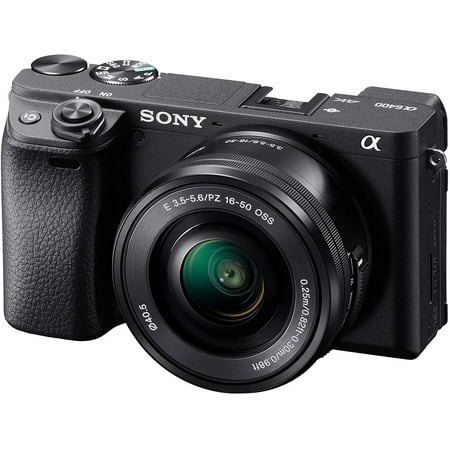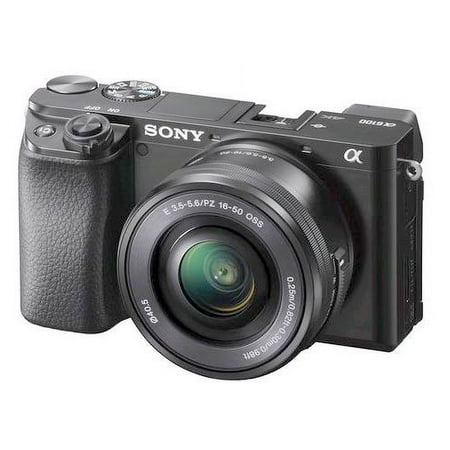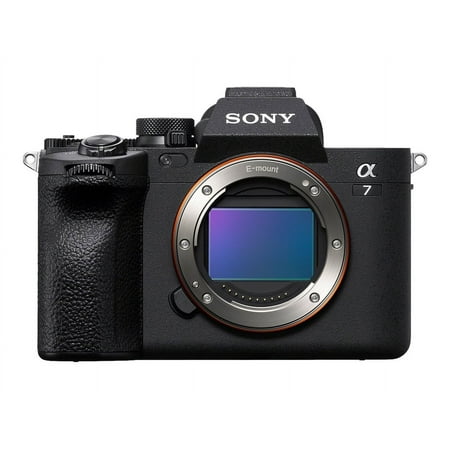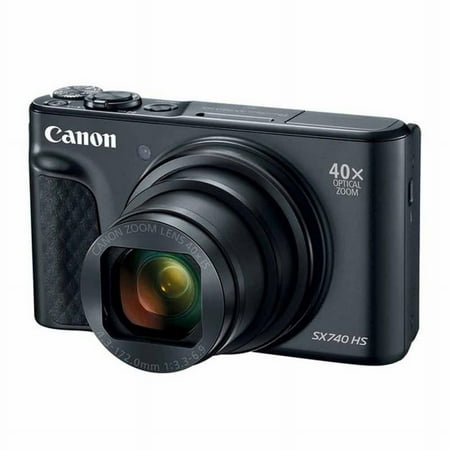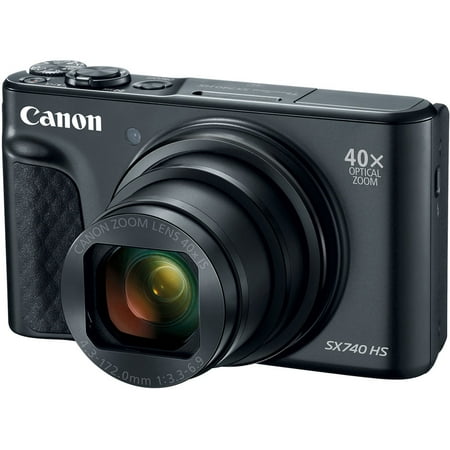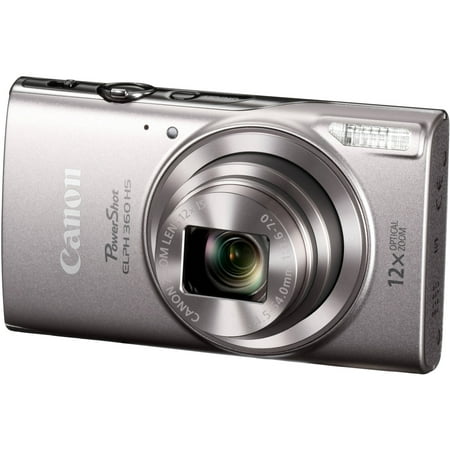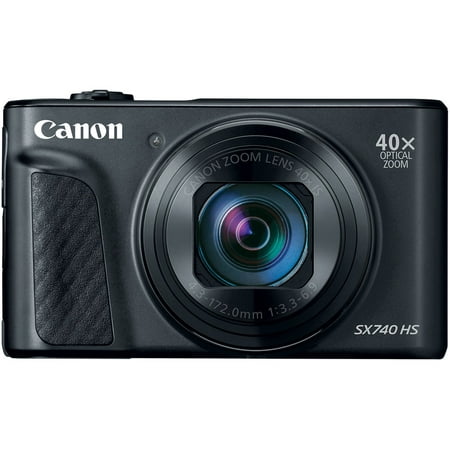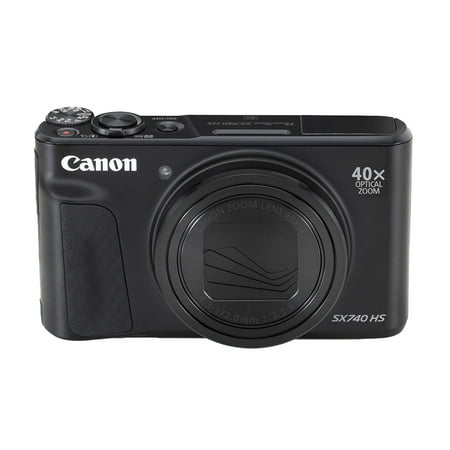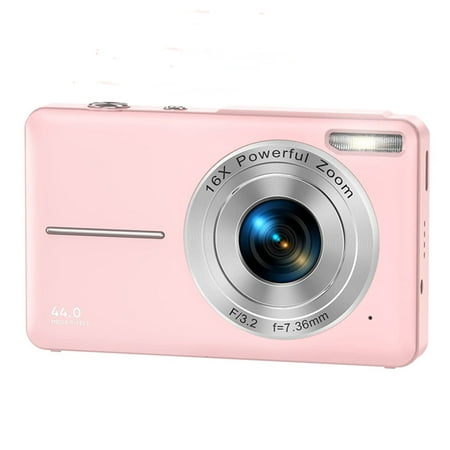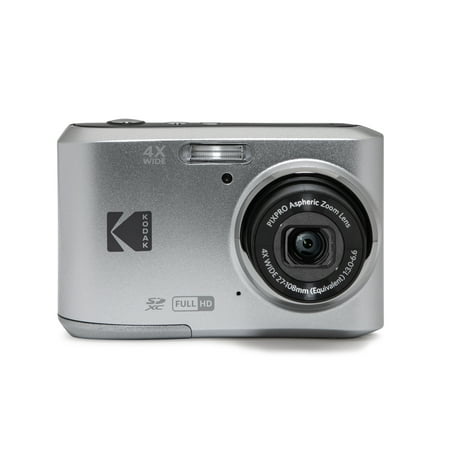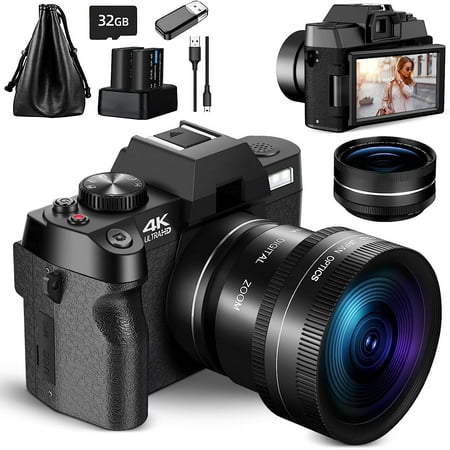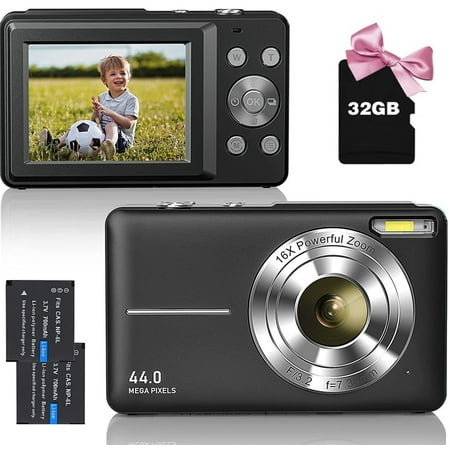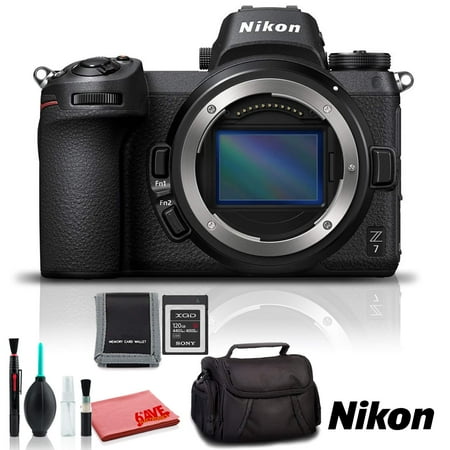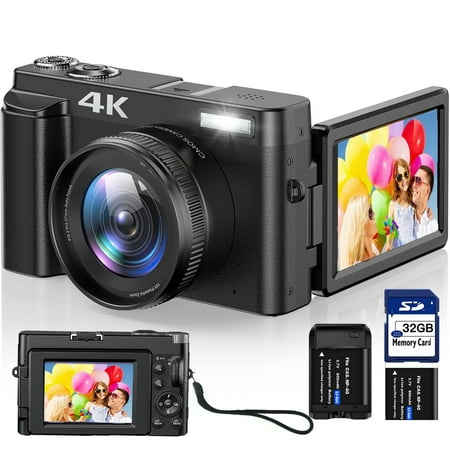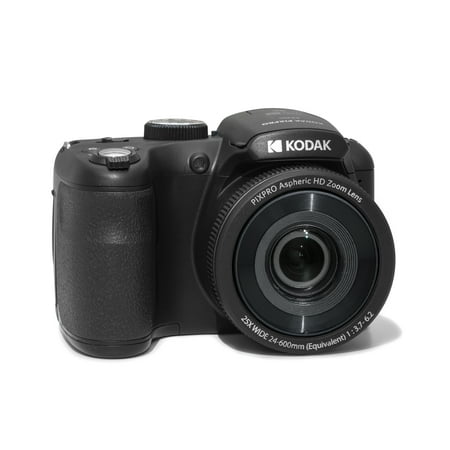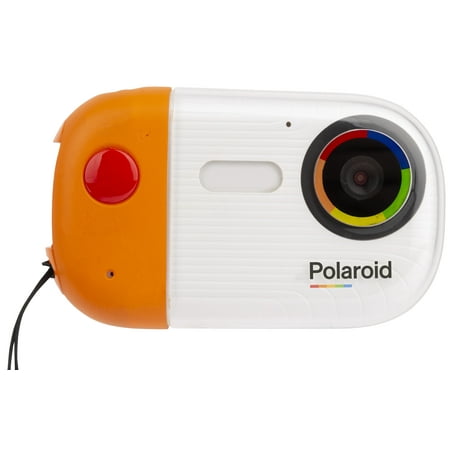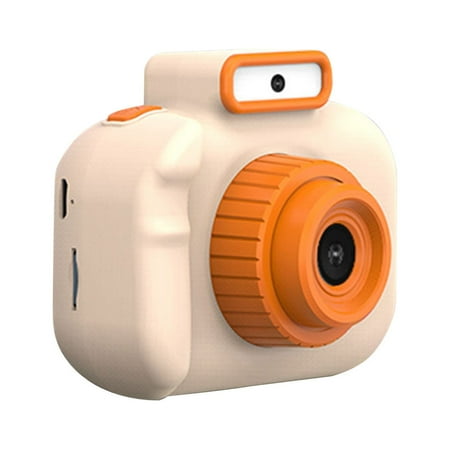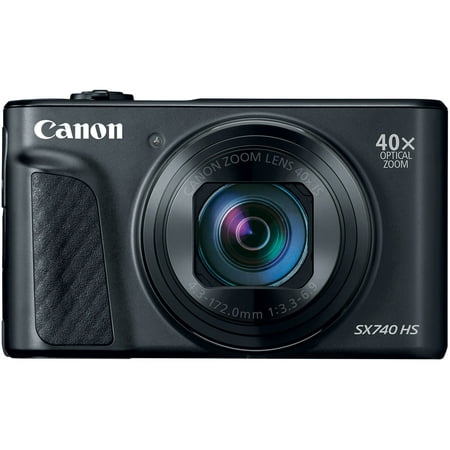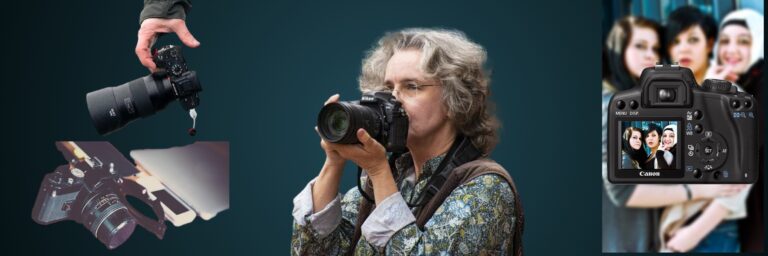Don't miss the Amazon Live Deals offer - OFFER!
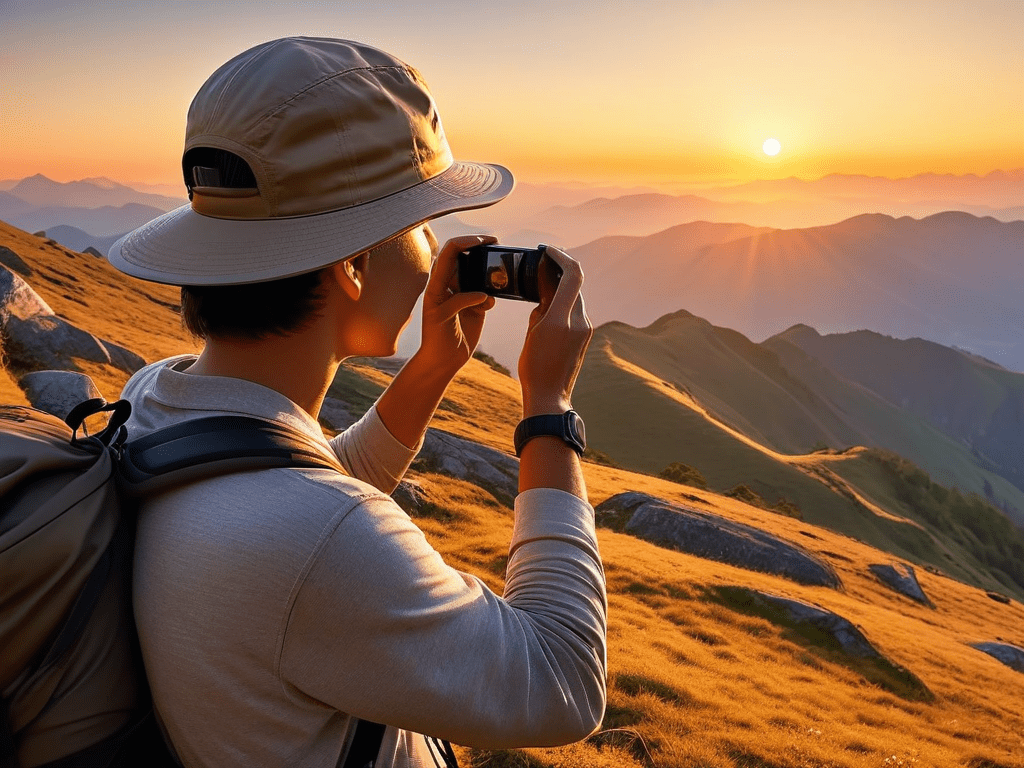
#1 Affordable Digital Camera Pros Rave Over | A Game-Changer
The development of digital cameras has completely transformed the world of photography. It all started in the 1970s when an engineer named Steven Sasson created the prototype digital camera. It was big and heavy, weighing over 8 pounds, and recorded images onto a cassette tape. However, this invention paved the way for the digital photography revolution, with a market for affordable digital cameras.
Table of Contents

A few digital camera models were released in the 1980s and 1990s, but they still needed to be bulky and expensive. However, they marked the beginning of a shift from film photography to digital imaging.
As technology advanced, cameras became smaller, more affordable, and more capable. Today, many popular brands like Canon, Nikon, Sony, and Fujifilm offer cameras with features like higher resolution sensors, faster autofocus systems, and improved image quality.
In recent years, there has been a rise in mirrorless cameras, which are more compact and lightweight than traditional digital SLR cameras. They offer similar image quality and features like electronic viewfinders, in-body image stabilization, and 4K video recording.
Smartphone cameras have also had a significant impact on the photography industry. Companies like Apple and Samsung have allowed anyone with a smartphone to take high-quality photos and share them with others.
Overall, digital cameras have come a long way since the bulky prototypes of the past. They have transformed how we capture and share images, making photography accessible to more people. With technology continuing to advance, the future of digital photography is sure to bring even more exciting innovations.
Digital Camera & Mobile Phones
The evolution of digital technology in mobile phones has revolutionized the field of photography, making high-quality imaging accessible to everyone at their fingertips. The technology has advanced rapidly, from basic VGA cameras in early mobile phones to modern smartphones boasting multiple camera lenses, large image sensors, and sophisticated processing algorithms. These advancements have improved image quality and opened a world of creative possibilities for photography enthusiasts and professionals alike.
The advantages of using a camera on mobile devices include convenience, portability, and instant sharing capabilities. With a smartphone camera, users can capture moments on the go without carrying a separate camera. Additionally, built-in editing tools and apps make enhancing and sharing photos easy, allowing seamless integration with social media platforms and online galleries.
Furthermore, smartphone cameras have expanded creative possibilities with features like portrait mode, night mode, and HDR photography. These features allow users to experiment with different techniques and styles, producing stunning results that rival traditional cameras. Additionally, advancements in computational photography, such as AI-powered image processing and computational zoom, have further enhanced the capabilities of smartphone cameras, enabling users to capture professional-quality photos easily.
Industry trends in smartphone camera technology include integrating advanced sensors, such as Sony’s Exmor RS sensor, and adopting periscope lenses for improved zoom capabilities. Manufacturers also focus on improving low-light performance and implementing AI-powered features like scene recognition and image stabilization to enhance overall image quality. Moreover, the rise of multi-camera setups, including wide-angle and telephoto lenses, has enabled users to capture a wider range of perspectives and creative compositions.
Personal experiences with mobile photography showcase smartphone digital cameras’ practical applications and benefits. For example, the ability to quickly capture spontaneous moments or document everyday life has made smartphone photography popular for casual users and social media influencers. Additionally, the convenience of having a capable camera in one’s pocket has always empowered individuals to explore their creativity and experiment with different photographic styles.
However, using digital cameras on mobile devices has limitations, including smaller image sensors than dedicated cameras, limited control over settings, and lower image quality in challenging lighting conditions. While smartphone cameras have improved significantly in recent years, they may only sometimes match the performance of DSLR or mirrorless cameras in terms of dynamic range, detail retention, and overall image quality.
In conclusion, integrating digital cameras into mobile phones has democratized photography, making it more accessible and engaging for a wider audience. The advancements in smartphone camera technology have transformed how we capture and share moments, offering a versatile tool for creative expression and visual storytelling. By understanding the advantages and limitations of digital technology in a camera on mobile devices, users can make informed decisions about utilizing these powerful tools for their photography needs.
Social Media Conversation
Social media conversations surrounding digital technology on cameras are filled with excitement and enthusiasm about the latest technological advancements, features, and brands. Users are discussing cameras’ various features, such as resolution, zoom capabilities, wireless connectivity, and video recording capabilities. Brands like Canon, Nikon, Sony, and Fujifilm are popular topics of conversation, with users sharing their personal preferences and experiences with different camera models.
One key trend in social media conversations is the rise of mirrorless cameras and their advantages over traditional DSLRs. Users are impressed with the compact size, lightweight design, and advanced features of mirrorless cameras, and many are considering switching from DSLRs. This trend is also reflected in news outlets, with articles and reviews comparing the two types of cameras and highlighting the benefits of mirrorless technology.
Price is another important factor discussed on social media, with users comparing prices across different brands and models to find the best value for their budget. Many users are looking for cameras that offer a good balance of price and features and are sharing their insights and recommendations with others in online forums and social media groups.
Social media can be a valuable source of information regarding accuracy and credibility for individuals looking to stay informed about these cameras. Users often share their personal experiences, reviews, and recommendations, which can provide valuable insights for potential buyers. However, it’s important to consider the source of information and verify the credibility of the content shared on social media platforms.
On the other hand, traditional news outlets also play a crucial role in providing in-depth analysis, expert opinions, and unbiased reviews of digital cameras. News articles and reviews from reputable sources can offer a more comprehensive overview of the latest trends and advancements in camera technology, helping individuals make informed decisions.
In conclusion, individuals looking to stay informed and make informed decisions about digital cameras should consider a combination of social media discussions and traditional news outlets. By staying engaged with online communities, reading reviews, and keeping up with the latest news articles, individuals can gain a well-rounded perspective on the digital camera market and make informed purchasing decisions.
Write Best Choice
Cannon
The Amazon Bestsellers list is a curated selection of the most popular items in a specific category based on sales and customer reviews. This list can be useful for amateur and professional photographers investing in a new digital camera.
The Canon EOS Rebel T7 DSLR Camera is a versatile and powerful camera that offers high-quality imagery for beginners and experienced photographers. Sold on Amazon, it has received rave customer reviews for its easy usability and impressive features.
With a 24.1-megapixel CMOS (APS-C) sensor, the Canon EOS Rebel T7 delivers sharp, detailed images perfect for capturing stunning landscapes, portraits, and more. The Camera also features a high-performance DIGIC 4+ Image Processor, which ensures fast, responsive performance and excellent image quality.
One of the standout features of the Canon EOS Rebel T7 is its ability to shoot Full HD 1080p video at 30 frames per second. This makes this Camera a great option for capturing high-quality video footage, whether shooting a home movie or creating professional content.
The Camera also offers a range of shooting modes, including Scene Intelligent Auto Mode, which automatically adjusts settings based on the scene you’re shooting, and Creative Auto Mode, which allows you to easily adjust settings to achieve the desired effect.
In terms of design, the Canon EOS Rebel T7 is lightweight and compact, making it easy to carry around for all-day shooting. The Camera also features built-in Wi-Fi and NFC connectivity, which allows you to quickly and easily transfer photos and videos to your smartphone or tablet for instant sharing on social media.
Overall, the Canon EOS Rebel T7 DSLR Camera is a fantastic option for those looking for a high-quality camera with excellent performance and versatility. With its impressive features and easy usability, it’s no wonder this Camera has received such positive reviews from customers on Amazon.
Sony:
Having a reliable camera is essential when capturing life’s precious moments. The Sony DSCW800/B 20.1 MP is a great option for a compact, easy-to-use camera that delivers high-quality images. Sold on Amazon, this Camera has received rave reviews from users who praise its performance and value for money.
One of the key features of the Sony DSCW800/B is its impressive 20.1-megapixel sensor, which ensures that your images are clear, detailed, and vibrant. Whether you’re taking photos of landscapes, portraits, or action shots, this Camera produces sharp and crisp images with minimal noise. The Camera also has a 5x optical zoom, allowing you to capture distant subjects easily.
In terms of design, the Sony DSCW800/B is slim and lightweight, making it the perfect companion for travel and everyday use. Its user-friendly interface and simple controls make it easy for beginners and experienced photographers to operate. The Camera also has a 2.7-inch LCD screen, providing a clear and bright display for framing and reviewing your photos.
Another standout feature of the Sony DSCW800/B is its impressive battery life. Users have reported that the camera can last for hours on a single charge, allowing you to take hundreds of photos without worrying about running out of power. This feature makes the Sony camera ideal for long days and special events where you need a reliable camera that won’t disappoint.
Overall, Amazon reviewers on this camera have given the Sony DSCW800/B 20.1 MP high ratings for its performance, ease of use, and affordability. Many have praised its image quality, portability, and long battery life, making it popular among photography enthusiasts. If you’re in the market for a budget-friendly digital camera that delivers excellent results, the Sony DSCW800/B is worth considering.
Nikon
The Nikon Coolpix L340 is a popular camera with high-quality photos and easy-to-use features. With a 20.2 MP sensor, 28x optical zoom, and a 3.0-inch LCD screen, this Camera is a great option for beginners and amateur photographers looking to step up their photography game.
One of the Nikon Coolpix L340’s standout features is its powerful zoom capabilities. With a 28x optical zoom, users can easily capture distant subjects, making it perfect for shooting wildlife, sports, or landscapes. The Camera also has a 56x Dynamic Fine Zoom option, allowing users to get even closer to their subjects without compromising image quality.
The 20.2 MP sensor delivers sharp and well-detailed images, while the 3.0-inch LCD screen makes it easy to compose shots and review photos. The Camera also features various shooting modes, including 720p HD video recording, Scene Auto Selector, and Smart Portrait System, automatically detecting and enhancing faces in portraits.
In terms of design, the Nikon Coolpix L340 is lightweight and comfortable to hold, making it ideal for shooting on the go. The Camera runs on AA batteries, making it easy to replace power sources when out in the field. Additionally, the Camera has various editing features, such as Date Stamp, Small Picture, and Quick Retouch, allowing users to customize their images without additional software.
The Nikon Coolpix L340 is a solid choice for affordable, user-friendly digital cameras. It offers a good balance of features, performance, and ease of use, making it a great option for beginners and casual photographers. Whether capturing family moments or exploring new creative avenues, the Nikon Coolpix L340 is a reliable companion for all your photography needs.
If you’re in the market for a quality digital camera, the Nikon Coolpix L340 20.2 MP with 28x Optical Zoom and 3.0-inch LCD is worth considering. Available on Amazon, this camera offers great value for money and will help you capture stunning images for years.
Review: Affordable Digital Camera
Whether you’re a seasoned photographer or just starting, Amazon’s bestsellers list for digital cameras is a valuable resource for finding the best options on the market. With a wide range of choices to suit every budget and skill level, you’re sure to find the perfect camera to help you capture those special moments for years to come.
Vintage Digital Cameras
Vintage cameras offer a nostalgic glimpse into the past, capturing memories uniquely and charmingly. Despite their age, these cameras still hold a special place in the hearts of photography enthusiasts, collectors, and even everyday users who appreciate the charm and character of these relics of a bygone era.
One such vintage digital-camera that stands out is the Sony Mavica MVC-FD5, released in 1997. This was one of the first consumer-level cameras with digital capability to use floppy disks as a storage medium, allowing users to easily transfer photos to their computers without cables or additional software. The camera featured a 0.3-megapixel CCD sensor and a 10x digital zoom, producing images with a resolution of 640×480 pixels. While by today’s standards, these specifications may seem primitive, at the time, the MVC-FD5 was a groundbreaking piece of technology that allowed users to quickly and easily capture and share their memories.
The design of the MVC-FD5 is quintessentially ’90s, with its bulky body, chunky buttons, and small LCD screen. Despite its somewhat dated appearance, the camera’s ergonomic design and intuitive controls make it a joy to use, allowing users to quickly access and adjust settings on the fly. The built-in flash ensures that photos taken in low light conditions turn out well, while the LCD screen provides a convenient way to review photos and navigate the camera’s menu system.
One of the standout features of the MVC-FD5 is its unique floppy disk storage system. Each photo taken is saved directly onto a 3.5-inch floppy disk, which can be easily removed and inserted into a computer for viewing and editing. While floppy disks may be a relic of the past in today’s world of high-speed internet and cloud storage, there is a certain charm to the simplicity and reliability of this storage medium.
Regarding image quality, the MVC-FD5 produces photos with a distinct and nostalgic look. The low resolution and limited dynamic range give photos a soft and slightly washed-out appearance, reminiscent of the early days of digital photography. While some may see this as a limitation, others appreciate the unique aesthetic of these vintage images, which evoke a sense of nostalgia and warmth that is hard to replicate with modern cameras.
Overall, the Sony Mavica MVC-FD5 is a charming and quirky vintage camera that will delight collectors and photography enthusiasts alike. Its retro design, user-friendly interface, and floppy disk storage system make it a fun and unique way to capture memories in a digital format. While it may not offer the high resolution and advanced features of modern cameras, the MVC-FD5 has a charm and character that is hard to find in today’s increasingly digital world. So, dust off that old floppy disk, load up the MVC-FD5 and trip down memory lane with this vintage camera gem.
FAQs
-
Which is the best digital camera?
The best digital camera depends on your specific needs and preferences. It is recommended to consider factors like budget, desired features, image quality, and intended use before deciding. Researching and comparing different camera models, reading reviews, and seeking expert advice can help you find the best digital camera for your requirements.
-
Are digital cameras still worth buying?
Yes, they are still worth buying.
-
How do I get pictures off my digital camera?
Connect your camera to your computer using a USB cable. Open the file explorer and locate your camera’s storage. Copy and paste the pictures from the camera’s storage to your desired folder on your computer.
-
Which is the No 1 camera in the world?
The No 1 camera in the world is subjective and can vary depending on individual preferences and needs. Here are the well-known giants:
The biggest name in cameras using digital technology is Canon. Known for its high-quality cameras and lenses, Canon has been a leader in the industry for decades. Their cameras are favoured by professional photographers and enthusiasts alike for their excellent image quality, robust build, and advanced features. Canon offers a wide range of cameras, from entry-level DSLRs to high-end professional cameras, ensuring a camera for every type of photographer.Another major player in the digital camera market is Nikon. Nikon is renowned for its cutting-edge technology and innovative camera features. Its cameras are known for their excellent low-light performance, fast autofocus systems, and high-resolution sensors. Nikon offers a wide range of cameras, from compact point-and-shoots to high-end DSLRs, making it a popular choice among photographers of all skill levels.
Sony is also a big name in the digital industry because of its cameras. With their groundbreaking mirrorless cameras, Sony has been pushing the boundaries of photography technology. Sony cameras are known for their compact size, excellent image quality, and advanced autofocus systems. Sony’s mirrorless cameras have gained popularity among professional photographers for their performance and versatility of camera features.
Other notable names that use digital technology cameras include Olympus, Panasonic, and Fujifilm. These brands offer a range of affordable digital cameras that cater to different needs and preferences, ensuring a camera for everyone.
In conclusion, Sony and other big names in the industry are the go-to brands for many photographers. With their reputation for quality, innovation, and performance, these brands have become the biggest names in digital cameras. Whether you are a beginner photographer or a professional, you can choose a camera from one of these reputable brands.
The Digital Explosion

Digital Single-lens Reflex Camera
Once upon a time, there was a young photographer named Emily. Emily had always been fascinated by the art of photography and had been taking pictures with a point-and-shoot camera for years. However, she longed for more control over her images and the ability to capture the world in greater detail.

Point-And Shoot Digital Camera
Sophie was an amateur photographer who loved capturing the beauty of nature. She enjoyed taking long walks in the park, admiring the blooming flowers and the chirping birds. She often used her smartphone camera to capture these moments but felt the images needed to have the desired quality.

The Digital Affordable Camera
Lily loves riding her motorbike, but her biggest hobby is taking pictures. She couldn’t afford a high-end camera, so she used her smartphone camera for a while but wanted something more professional. One day, while browsing online, she came across a new, affordable camera with great features.

